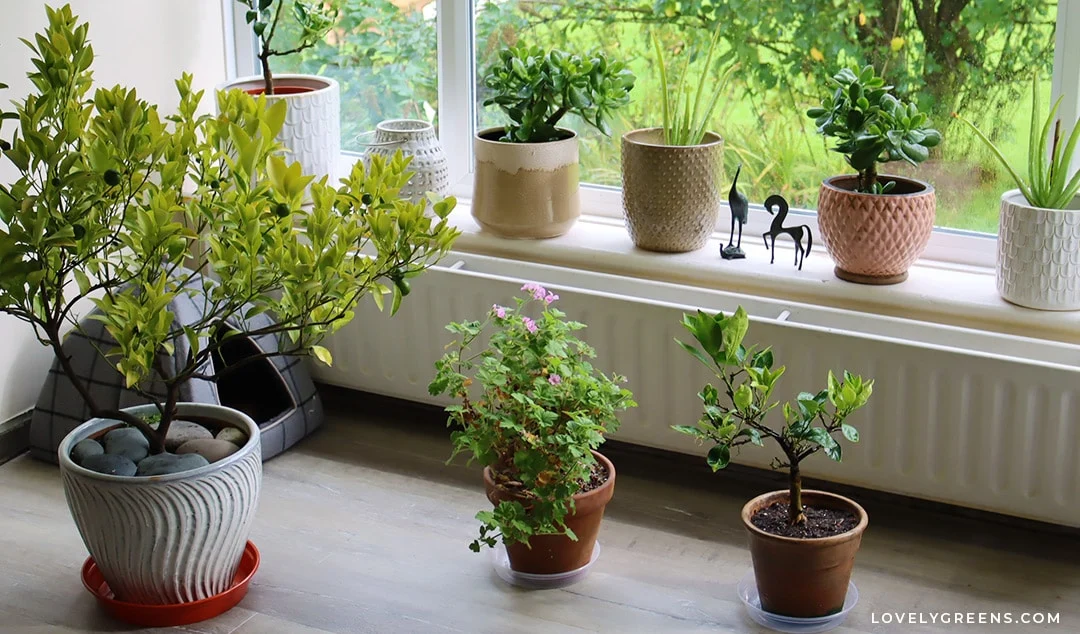Advantages of rooftop gardening include maximizing space utilization and reducing urban heat island effect, while disadvantages include high maintenance requirements and potential structural damage. Rooftop gardening can be a great solution for those living in urban areas with limited land availability, as it allows for the efficient use of space by transforming rooftops into green spaces.
Additionally, it helps mitigate the urban heat island effect, reducing temperatures and improving air quality. However, rooftop gardens require regular maintenance, including watering, fertilizing, and pruning, which can be time-consuming and labor-intensive. Furthermore, the weight of the garden, soil, and plants can pose a risk of structural damage if not properly designed and implemented.
Pros Of Rooftop Gardening
Rooftop gardening offers numerous advantages that contribute to both environmental sustainability and urban livability.
Enhances Urban Biodiversity
Rooftop gardens provide a habitat for birds, insects, and plants in urban areas.
Reduces Urban Heat Island Effect
Rooftop gardens help decrease the heat absorbed by buildings, lowering overall temperatures.
Utilizes Underutilized Space
Rooftop gardens maximize space efficiency, making use of areas that would otherwise go unused.
Cons Of Rooftop Gardening
Rooftop gardening has gained significant popularity in recent years due to its numerous benefits. However, it also comes with its fair share of challenges. In this section, we will explore the disadvantages of rooftop gardening and discuss three key areas that require attention: structural limitations, waterproofing challenges, and maintenance requirements.
Structural Limitations
The structural limitations of rooftop gardening refer to the issues that arise from the load-bearing capacity of the rooftop itself. It is important to consider whether your rooftop is able to support the weight of a garden, soil, and the plants themselves. Without proper assessment and reinforcement, the added weight of a rooftop garden can potentially strain the structure, leading to various structural problems.
Waterproofing Challenges
Waterproofing challenges are another significant concern when it comes to rooftop gardening. Roof decks and terraces must be adequately waterproofed to protect the underlying structure from water damage. The presence of plant containers, soil, and irrigation systems can increase the risk of water seepage and leaks if not properly addressed. Without efficient waterproofing, rooftop gardens may pose a risk to the integrity of the building, causing expensive repairs and potential structural damage.
Maintenance Requirements
Rooftop gardens require regular maintenance to keep them healthy and thriving. While gardening enthusiasts may enjoy the upkeep, it is important to consider the time, effort, and resources required. Maintenance tasks such as watering, pruning, fertilizing, and pest control become more challenging due to the rooftop location. Accessing the rooftop for these tasks may require additional equipment and effort, making it less convenient than traditional ground-level gardens.
In addition, rooftop gardens are exposed to various environmental factors such as wind, extreme temperatures, and limited natural pollinators. These factors can impact plant health and increase the need for proactive and diligent maintenance. Without proper care, rooftop gardens may struggle to flourish and fulfill their intended purpose.
While the disadvantages of rooftop gardening might pose challenges, proper planning, assessment, and maintenance can help mitigate these issues. By understanding and addressing the structural limitations, waterproofing challenges, and maintenance requirements, individuals can enjoy the benefits of rooftop gardening while minimizing the drawbacks.
Environmental Impact
Rooftop gardening can have a significant environmental impact, both positive and negative. It is important to consider the effects on the environment when evaluating the advantages and disadvantages of this practice.
Reduction In Carbon Footprint
Rooftop gardens play a crucial role in reducing the carbon footprint of urban areas. The plants absorb carbon dioxide and produce oxygen, helping to lower greenhouse gas emissions. This not only improves air quality but also contributes to mitigating the effects of climate change.
Stormwater Management
Rooftop gardens aid in the management of stormwater runoff. The vegetation and soil on the rooftop absorb rainwater, reducing the strain on the city’s drainage systems and minimizing the risk of urban flooding. By retaining and filtering rainwater, rooftop gardens help to maintain a healthier water cycle and prevent pollution of local waterways.

Credit: www.sciencedirect.com
Health And Social Benefits
Rooftop gardening offers numerous health and social benefits, making it a valuable addition to urban landscapes. The practice of growing plants on building rooftops has gained popularity, and for good reason. Let’s delve into the health and social advantages and disadvantages of rooftop gardening, particularly focusing on improved air quality and community building.
Improved Air Quality
Rooftop gardens help mitigate the urban heat island effect, resulting in cooler air and reduced energy consumption. The plants in these gardens absorb carbon dioxide and release oxygen, aiding in purifying the air and combating air pollution. This greenery also helps in reducing dust and particulate matter, leading to cleaner and fresher air in urban areas.
Community Building
Rooftop gardens serve as conducive spaces for community gatherings, fostering a sense of camaraderie among residents and neighbors. The cultivation and maintenance of these gardens encourage teamwork and collaboration, creating opportunities for social interaction and relationship-building. Additionally, these green spaces enhance the aesthetics of the neighborhood, contributing to a sense of pride and belonging among community members.
Economic Considerations
Considering the economic aspects, rooftop gardening presents both advantages and disadvantages. It can reduce energy costs by insulating buildings and providing food, but initial setup costs and maintenance can be expensive. Overall, rooftop gardening can be a sustainable and eco-friendly investment for urban areas.
Cost-effectiveness
Rooftop gardening offers several economic advantages, primarily in terms of cost-effectiveness. Unlike traditional gardens, rooftop gardens utilize unused space, making the most of the available area. This approach is particularly advantageous in urban environments where land is scarce and expensive. By utilizing rooftops, individuals and businesses can benefit from the additional space without incurring the high costs typically associated with purchasing or renting additional land.
Rooftop gardens also provide a cost-effective solution for energy consumption. Green roofs act as insulation, reducing the amount of energy needed to heat or cool a building. This translates into significant cost savings on energy bills. The added insulation provides an effective barrier against temperature fluctuations, reducing reliance on artificial heating and cooling systems and ultimately reducing energy consumption.
Increase Property Value
One notable advantage of rooftop gardens is the potential they have to increase property value. With the rising popularity of sustainable living and environmental awareness, properties with rooftop gardens have become highly attractive to potential buyers. A well-maintained rooftop garden can significantly enhance the overall aesthetics of a property, making it more desirable and increasing its market value.
Moreover, rooftop gardens can also create additional usable space, increasing the overall square footage of a property. This additional space can be utilized in various ways, such as creating a terrace, outdoor seating area, or even a recreational space. This versatility appeals to potential buyers who are looking for properties that offer both functionality and a connection with nature.
In summary, rooftop gardening provides several economic advantages. Its cost-effectiveness and ability to increase property value make it an attractive option for individuals and businesses alike. With the potential for reduced energy consumption and the ability to maximize unused space, rooftop gardens offer a sustainable and economically viable solution for urban environments.

Credit: www.sciencedirect.com

Credit: www.researchgate.net
Frequently Asked Questions For Advantages And Disadvantages Of Rooftop Gardening
What Are The Advantages Of Rooftop Gardening?
Rooftop gardening maximizes space, reduces air pollution, and provides homegrown produce for healthier living.
How To Start A Rooftop Garden?
To start a rooftop garden, ensure access to sunlight, use lightweight soil, and consider water drainage.
What Are The Potential Challenges Of Rooftop Gardening?
Challenges include weight limitations, extreme weather conditions, and proper maintenance for healthy plant growth.
What Vegetables Are Suitable For Rooftop Gardening?
Tomatoes, peppers, lettuce, and herbs like basil and parsley thrive well in rooftop gardens with ample sunlight.
Conclusion
To conclude, it is clear that rooftop gardening can offer numerous advantages, such as providing fresh produce, reducing the urban heat island effect, and improving air quality. However, it also comes with its own set of challenges, including limited space, structural considerations, and maintenance requirements.
By weighing the pros and cons, individuals can determine if rooftop gardening aligns with their goals and resources.











